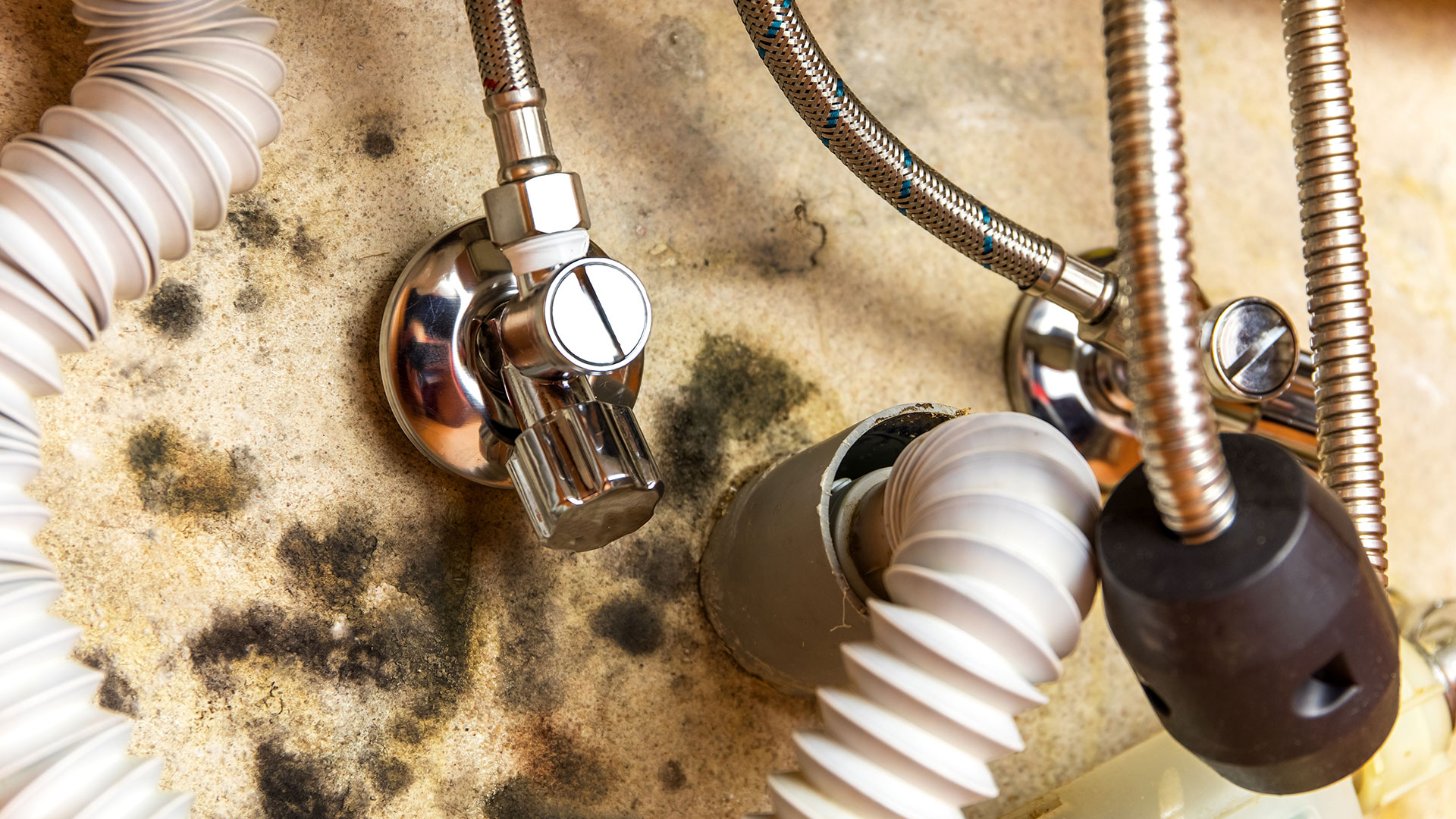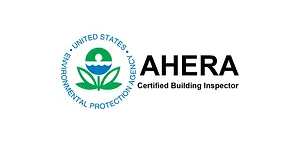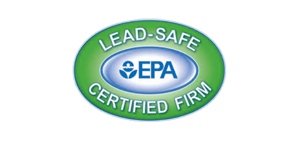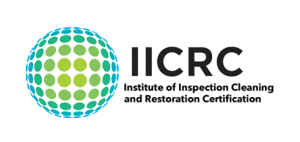Mold spores exist everywhere, both inside and outside. This fact makes it nearly impossible to completely get rid of all molds. So, it’s more about controlling their growth rather than trying to eliminate them. Keeping mold levels low is crucial for our health, meaning we need sound strategies for dealing with it.
It’s important to know that mold is naturally occurring. Even though complete removal is unlikely, we can reduce its presence to safe levels through remediation. This involves contacting professionals, assessing the situation, containing the area, filtering the air, and removing any moldy materials carefully.
Remediating mold goes beyond just removing it. It involves cleaning items and restoring the area to reduce environmental spores. This helps maintain a healthier indoor environment despite mold’s persistent presence.
Key Takeaways
- Mold is inherent in all indoor and outdoor environments, making complete eradication impossible.
- Effective mold remediation strategies aim to reduce mold to safe, manageable levels.
- Professional mold remediation involves a comprehensive process that includes assessment, containment, air filtration, and removal of infested materials.
- Mold infestations larger than 10 square feet often require professional intervention.
- Maintaining safe mold levels is crucial for health, particularly for individuals with mold sensitivities.
Understanding Mold: Nature and Risks
Mold is everywhere and loves damp places. You usually see it after just two days of something getting wet. It’s hard to get rid of completely because tiny mold spores are all around us.
What is Mold?
Mold is a fast-growing fungus, especially in wet spots. It spreads by releasing tiny spores in the air. These spores can stick to things and grow more mold if they find the right conditions.
Common Types of Indoor Mold
Many kinds of mold can enter our homes, like black, green, and white mold. You often find them where it’s damp, like in basements or under leaking sinks. Catching and fixing the wet areas early can stop mold from taking over.
Health Risks Associated with Mold
Mold can hurt our health, especially for those already sensitive. It can cause anything from mild sniffles to breathing trouble. Knowing the risks of indoor mold helps us keep our homes and bodies healthy.
Staying safe means checking for mold often and fixing any leaks fast. Keeping indoor humidity low and preventing moisture helps stop mold growth. This way, we can make our homes safer for everyone.
Difference Between Mold Removal and Mold Remediation
It’s key to know the difference between mold removal and remediation. The two are often mixed up. They both deal with mold but in different ways and with different goals.
Mold Removal Explained
Mold removal is about physically getting rid of mold you can see. It uses actions like scrubbing and treating surfaces with chemicals. But, it doesn’t solve the root reason for mold like too much dampness or leaks. This means mold can come back. Mold spores, which are how mold spreads, are tiny. They come into homes through opening like windows, on clothes, or with pets. They love wet spots and can grow again in just two days after getting in.
What is Mold Remediation?
Mold remediation is a deeper process to handle a mold problem. It takes steps to control mold spores and make the area safe from mold. The usual steps are:
- Contacting professionals such as Clean Image Restoration who are ready to offer remediation services.
- Inspecting and assessing the damage to identify sources of moisture and extent of mold growth.
- Containing the mold to prevent its spread to clean areas.
- Filtrating the air to remove mold spores and improve indoor air quality.
- Removing mold-infested materials and cleaning affected items.
- Restoring the property to a safe, healthy state.
Remediation makes sure that workers use the right gear and keep the area safe. It also helps prevent more mold by fixing moisture issues and helping the property’s environment stay fungi-free.
Key Differences and Which One You Need
Removal is just about getting the mold out you can see. But, remediation is a bigger fix that aims to stop mold from coming back. For a small mold spot, just removing it might work. But, for bigger areas or if there’s a hidden moisture problem, you’ll likely need a pro. Mold spores aren’t harmful until they grow, so keeping them controlled is key to stop mold for good.
Whether you choose to remove or remediate depends on how big the mold problem is and your home’s situation. Getting advice from professionals means getting a full check and a good plan to make your place safe from mold.
Mold Remediation Process Explained
The mold remediation process is key for keeping our homes healthy. It’s especially needed in damp places where mold loves to grow. This work makes sure mold is removed properly and completely.
Step-by-Step Guide
First, a pro checks how bad the mold situation is in a thorough inspection. Then, they follow a few important steps:
- Inspection: A detailed search is done to find the mold and see where it comes from.
- Containment: Moldy areas are sealed off to stop the spores from spreading.
- Air Filtration: High-grade filters are used to clean the air from mold spores.
- Removal: Badly moldy items like carpets are taken out carefully.
- Cleaning: Everything is cleaned and disinfected, often with a special mold killer.
- Encapsulation: After drying out, some places might be sealed with a special covering to keep mold from coming back.
Keeping the area well-ventilated is very important during mold cleanup. It makes sure the place stays dry and mold-free.
When is Mold Remediation Necessary?
We need to remove mold when it covers over 10 square feet. This much mold can cause health problems and hurt the building. Clear signs of mold include visible growth, a musty smell, and health issues like allergies.
Newer well-sealed homes often have more mold because they don’t get enough fresh air. This makes professional cleaning very important for them.
Role of Professionals in Mold Remediation
Professionals are a must in mold cleanup. They offer expert skills and methods. Here’s why they’re crucial:
- Detailed Assessment: They find hidden mold and the moisture helping it grow, thanks to their careful checks.
- Effective Containment: They stop the mold from spreading further into the house.
- Specialized Equipment and Methods: Professionals use the best tools and cleaners for complete mold removal.
- Post-Remediation Inspection: After, they check to ensure the work was done well and the air is clean.
In the end, professional mold cleaning is not just about the mold we see. It also solves the hidden moisture issues, offering tips to prevent more mold.
Can Mold Be Fully Remediated?
Getting rid of all mold is tough because mold spores are everywhere. They exist indoors and outdoors. The goal of mold remediation is to lower the mold to safe levels. This is because we can never get rid of all mold due to our environment.
The Reality of Mold Removal
Some think mold removal means wiping out every trace of mold. But, because mold spores are everywhere, achieving such total elimination is not possible. SERVPRO, with its many locations across North America, focuses on lowering mold to safe levels. They know it’s about managing, not completely demolishing, mold.
Challenges in Achieving Complete Remediation
There are key challenges in preventing mold, such as its fast growth after water damage. Mold loves wet areas. Finding hidden mold, removing mold that makes toxins, and keeping indoor humidity low are also hurdles. Without managing moisture in buildings, mold can come back time and again.
Steps to Minimize Mold Recurrence
Here are steps to reduce the chance of mold coming back:
- Identify and Fix Water Issues: Solve moisture problems like leaks to stop new mold growth.
- Encapsulation Technique: Block moisture in mold-prone spots to stop mold from spreading.
- Indoor Air Quality Maintenance: Use HEPA filters and dehumidifiers for better air, which keeps mold away.
- Regular Inspections: Check for and fix any moisture or mold problems early on.
Though wholly eliminating mold is not a reality, taking these steps does cut down mold. This helps make the air inside healthier for everyone.
DIY Mold Remediation vs. Professional Services
When you find mold at home, deciding how to deal with it is important. You might handle it yourself or get help from pros. Each has its benefits, depending on how big the mold problem is.
Pros and Cons of DIY Mold Cleanup
If the mold is just in a few spots, like in the bathroom, doing it yourself can work. You can use products from the store or simple solutions to clean it up.
- Pros:
- It’s cheaper if the mold is only in a few places.
- Cleaning it up fast stops it spreading.
- You’re in control of how it’s handled.
- Cons:
- You might not fix why the mold started growing.
- It can be bad for your health if you don’t take precautions.
- It might not work for a lot of mold.
When to Call a Professional
For bigger areas of mold, or if it’s by the air system, you might need a professional. They can make sure the cleanup is thorough and prevent more mold.
- Indicators for Seeking Expert Mold Removal:
- The mold comes back often.
- You smell musty odors from hidden mold.
- You see a lot of mold, more than 10 square feet.
- Mold is near air systems or important parts of the house.
- People in the house are getting sick from mold.
Companies that remove mold follow strict rules to keep everyone safe. They use gear to protect themselves, keep the air quality good, and stop mold from spreading to other parts of the house.
Just getting rid of the mold might not fix the problem if there’s still water or moisture. Professionals make sure to stop why it grew in the first place. This means a solution that keeps the mold from coming back and gives you peace of mind.
Conclusion
Understanding mold remediation is key to keeping our living spaces safe. Mold is everywhere, making complete removal impossible. So, mold remediation focuses on managing and reducing mold.
This process includes fixing water leaks and covering affected areas. Professionals work to prevent mold spores from spreading during removal.
Mold can cause serious health issues, especially if you have allergies or asthma. That’s why professional help is so important. They make sure mold is properly contained and removed from your home. This keeps you and your family safe.






